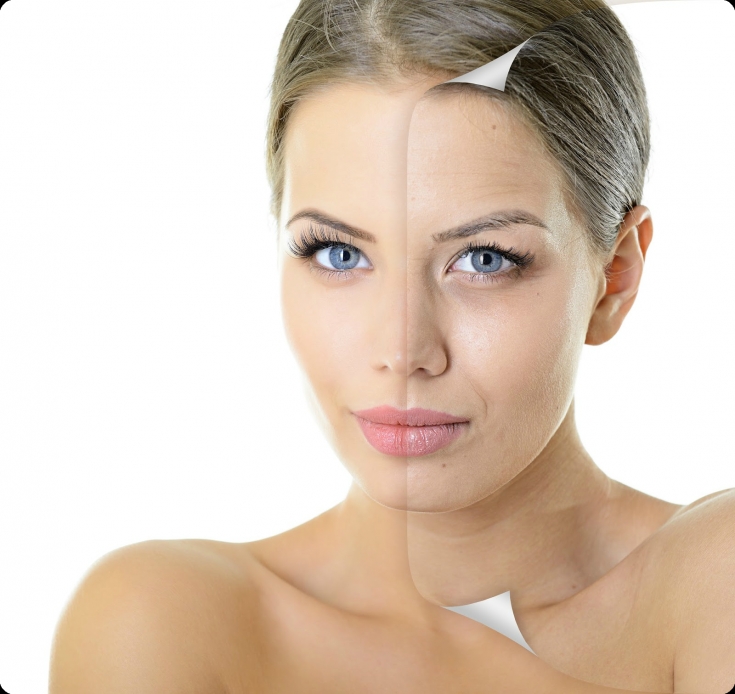Alpha Lipoic Acid – this is one of those substances without which the life of the human body is basically impossible. It synthesizes it from fatty acids and uses it as a coenzyme in all major enzymatic processes. Without it, breathing, absorption of nutrients, and metabolic processes are impossible. For cosmetologists, as estet-portal.com notes, alpha-lipoic acid is of particular interest as a powerful antioxidant and as a substance that actively affects cellular metabolism and can stop glycation processes, restoring skin elasticity.
Features of alpha-lipoic acid and its value in cosmetology
Chemically, alpha lipoic acid is an organic carbonic acid. It is similar in structure and action to fatty acids, but at the same time, its mechanism of action on the skin is a bit like B vitamins.
For a long time, alpha-lipoic acid was considered vitamin N, as it is vital for the functioning of all body systems.
However, it was not possible to establish the symptoms of a deficiency of this substance in the body, so now it is included in the list of vitamin-like compounds.
The second name of alpha-lipoic acid – thioct. In it, two hydrogen atoms are replaced by a sulfur compound, which in Greek sounds like theion. Without it, oxidative and reduction reactions in cells are impossible.
Other Important Functions of Alpha Lipoic Acid in the Body:
• reduces the concentration of glucose in the blood;
• regulates fat metabolism;
• controls cholesterol levels;
• affects the synthesis of thyroid hormones.
With age, the synthesis of alpha-lipoic acid in the body slows down, and in the presence of chronic diseases, this process accelerates. At the same time, age-related changes in the skin become especially noticeable. Cosmetics, in which artificially synthesized alpha-lipoic acid is introduced, help to restore its amount in the skin. It effectively builds skin protection against free radicals and at the same time practically does not happen allergic, because it is not associated with proteins. Its benefits in reducing the signs of skin aging are scientifically proven.

Alpha-lipoic acid in the fight against free radicals
The alpha-lipoic acid molecule is small and easily penetrates the skin because it is soluble in both water and fats. Having overcome the stratum corneum, alpha-lipoic acid penetrates into the cells, where it starts its main work – protecting them from free radicals.
The peculiarity of alpha-lipoic acid as an antioxidant is that it can react with free radicals not only in cells, but also exit them into the intercellular space.
When this substance is added to products containing tocopherol and ascorbic acid, these substances decompose more slowly. After vitamin C or E destroy free radicals and break down, alpha-lipoic acid helps to restore them, and vitamins can again perform their antioxidant functions.
The role of alpha-lipoic acid in restoring skin elasticity
Over time, glycation processes progress in the dermis. Collagen fibers lose their ability to create ordered structures. They begin to stick together with glucose molecules, forming rigid, non-stretching filaments. The elastin fibers of the dermis also stick together with glucose molecules with age, twist, and cease to retain water. The result of glycation is flabby and sluggish skin, which loses its elasticity and gradually becomes covered with wrinkles.
Alpha-lipoic acid does not allow sugar to accumulate in cells, protects collagen and elastin fibers from it, preventing the process of glycation.
This substance can even reverse glycation processes, eliminating the destructive effects of sugar and restoring skin elasticity. Studies have shown that the use of alpha-lipoic acid visibly reduces the appearance of wrinkles, especially in the periorbital region, after 2 months. And after three months, the depth of scars is reduced and the texture of the skin improves.







Add a comment